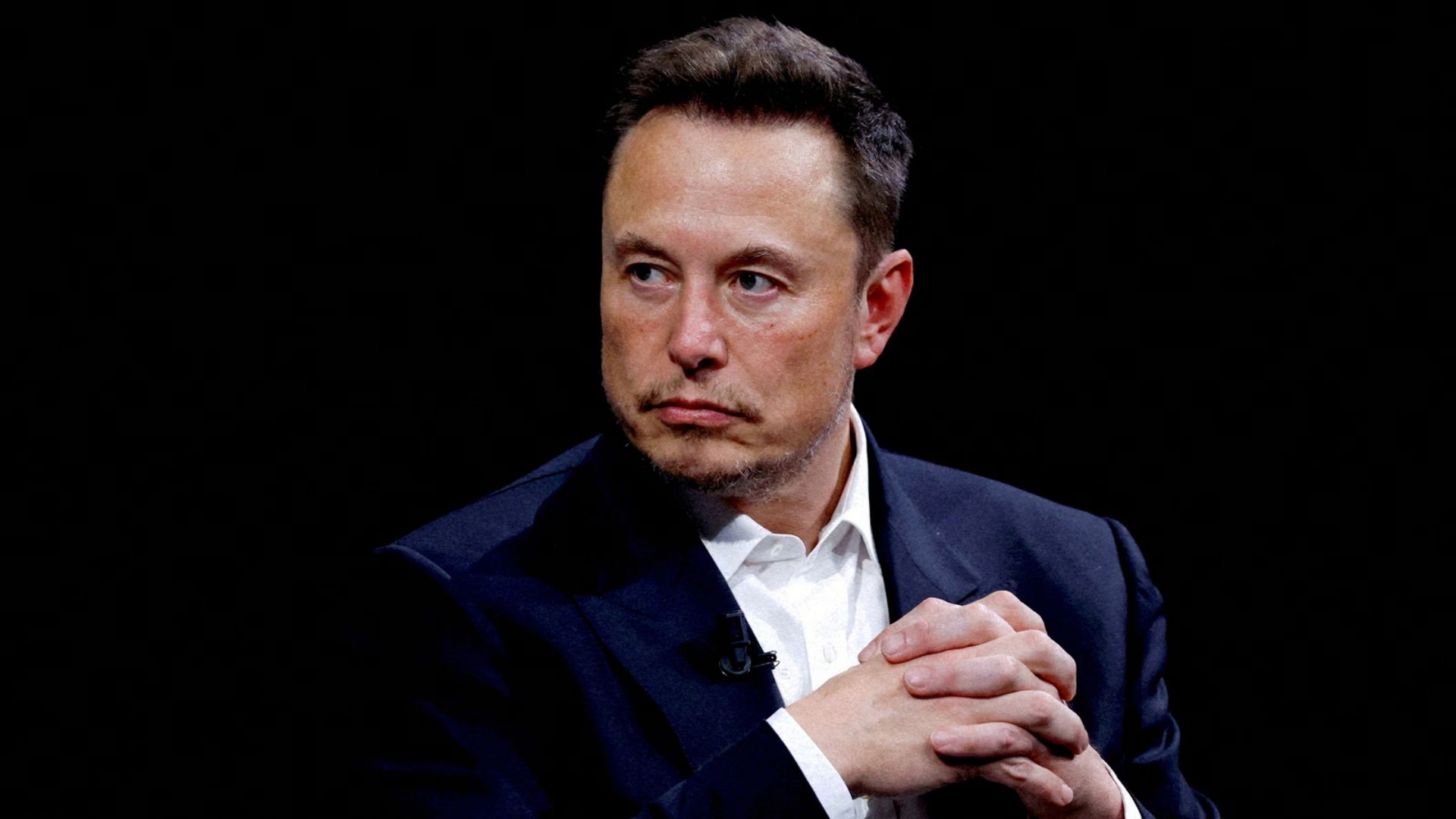Starlink, the satellite division of Elon Musk’s SpaceX, issued a cautionary notice to users regarding “degraded service” on Saturday as the Earth faced its largest geomagnetic storm in a considerable period due to heightened solar activity.
“Our team is currently investigating the degraded service being experienced by Starlink,” the company stated on its website.
In a previous post on X, the technology magnate emphasized the significant impact of the storm, noting that it had placed substantial pressure on the Starlink satellite fleet, describing it as “the most severe in quite some time.”
Elon Musk, in a recent statement, highlighted the current occurrence of a major geomagnetic solar storm, emphasizing its unprecedented scale, stating, “Biggest in a long time. Starlink satellites are under a lot of pressure, but holding up so far.”
As confirmed by the US National Oceanic and Atmospheric Administration, this ongoing storm stands as the most significant event since October 2003. Forecasted to persist throughout the weekend, it presents potential risks to various critical systems, including navigation, power grids, and satellite communication.
In other news, Elon Musk announced plans for Tesla to invest over $500 million in its Supercharger network, aiming to install thousands of new chargers in 2024. Musk clarified that this allocation is exclusively for establishing new sites and expanding existing ones, excluding operational costs, which are notably higher.























